Table of content
Frozen wontons, those delicate pockets of flavor-filled dough, have become a staple in modern kitchens worldwide. Whether you’re craving a quick snack, a comforting meal, or a crowd-pleasing appetizer, these frozen treasures offer convenience without compromising on taste. Yet, one question persists among home cooks and culinary enthusiasts alike: How long should you cook frozen wontons to achieve that ideal balance of tender dough and piping-hot filling? This article delves into the science, techniques, and nuances of cooking frozen wontons to perfection, ensuring every bite is a harmonious blend of texture and flavor.
The Basics of Frozen Wontons
Before diving into cooking times, it’s essential to understand what frozen wontons entail. These parcels typically consist of a thin wheat-based wrapper encasing a variety of fillings, from seasoned ground pork and shrimp to vegetarian mixes like cabbage, mushrooms, and tofu. The freezing process preserves their freshness and extends shelf life, making them a pantry essential for busy households. However, freezing also alters the texture of the dough and filling, requiring careful cooking to revive their original qualities.
Cooking Methods and Their Impact on Time
The cooking method you choose significantly influences the duration required to prepare frozen wontons. Below, we explore four common techniques: boiling, pan-frying, steaming, and deep-frying. Each method demands a different approach to timing and heat distribution.
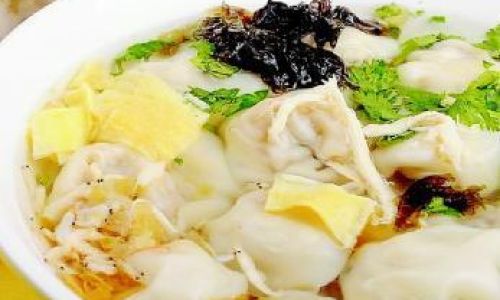
Boiling: The Classic Approach
Boiling is the most straightforward method, favored for its simplicity and ability to cook wontons evenly. To begin, fill a large pot with water—enough to submerge the wontons comfortably—and bring it to a rolling boil. Gently add the frozen wontons, stirring occasionally to prevent sticking.
Cooking Time:
- Small to medium-sized wontons: 6–8 minutes.
- Large or jumbo wontons: 8–10 minutes.
Key Tips:
- Avoid overcrowding the pot, as this lowers the water temperature and extends cooking time.
- Test doneness by slicing one wonton open; the filling should be steaming hot, and the dough should appear translucent.
- Overcooking can lead to mushy wrappers, so err on the side of caution and check a minute earlier than suggested.
Pan-Frying: Crispy Perfection
Pan-frying yields wontons with a golden, crispy exterior and a soft, moist interior. This method requires a two-step process: first, partially cook the wontons in water, then fry them in oil to achieve crispiness.
Cooking Time:
- Step 1 (Boiling): 3–4 minutes in simmering water.
- Step 2 (Frying): 4–6 minutes in a hot skillet with oil.
Key Tips:
- Use a non-stick pan to prevent sticking.
- Ensure the wontons are drained thoroughly after boiling to avoid oil splatters.
- Flip them halfway through frying for even browning.
Steaming: A Gentle Touch
Steaming preserves the wontons’ delicate flavors and textures, making it ideal for lighter fillings. Use a bamboo steamer or a metal steamer basket lined with parchment paper to prevent sticking.
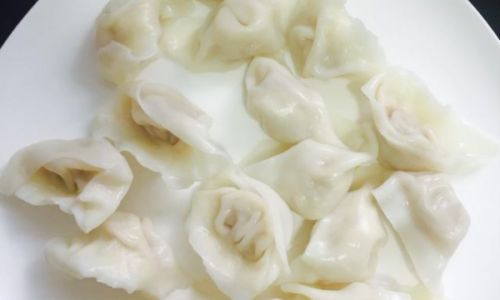
Cooking Time:
- Frozen wontons: 12–15 minutes over medium heat.
Key Tips:
- Arrange wontons in a single layer to ensure even steam circulation.
- Check for doneness by piercing a wonton with a skewer; the dough should feel tender, not doughy.
Deep-Frying: Indulgent Delight
Deep-frying transforms frozen wontons into crispy, golden morsels. This method requires careful temperature control to prevent sogginess or burning.
Cooking Time:
- Frozen wontons: 4–6 minutes in hot oil (350–375°F or 175–190°C).
Key Tips:
- Use a thermometer to maintain oil temperature.
- Fry in small batches to avoid overcrowding.
- Drain on paper towels to remove excess oil.
Factors Influencing Cooking Time
While the above guidelines provide a starting point, several variables can affect cooking duration. Understanding these factors empowers you to adjust timing for optimal results.
Wonton Size and Thickness
Larger wontons or those with thicker wrappers require longer cooking times. Conversely, petite wontons or thin-skinned varieties cook faster. Always refer to the packaging for manufacturer recommendations, as brands may vary in size and dough thickness.
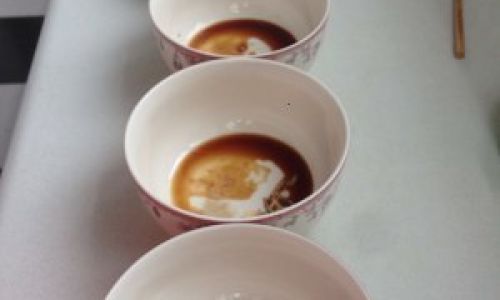
Filling Composition
The density and moisture content of the filling impact cooking time. Meat-based fillings (e.g., pork, beef) may need slightly longer to ensure the protein is fully cooked, while vegetable-heavy fillings might cook faster.
Altitude and Humidity
High-altitude environments lower boiling points, potentially extending cooking times. Similarly, humid climates may affect steaming efficiency. Adjust timing accordingly based on your location.
Freezer Storage Duration
Wontons stored for extended periods may develop ice crystals, which can alter texture. If your frozen wontons have been in the freezer for months, add 1–2 minutes to the cooking time to compensate for potential dryness.
Signs of Perfectly Cooked Wontons
Knowing when to remove wontons from heat is as crucial as the cooking method itself. Look for these indicators:
- Dough Texture: The wrapper should be tender yet slightly chewy, without any raw, doughy patches.
- Filling Temperature: The center should be hot, not lukewarm. For meat fillings, ensure no pinkness remains.
- Visual Cues: Golden-brown hues for fried wontons; translucent skins for boiled or steamed varieties.
Common Mistakes to Avoid
Even seasoned cooks can stumble when preparing frozen wontons. Here’s how to sidestep pitfalls:
- Thawing Before Cooking: Never thaw frozen wontons before cooking, as this leads to soggy wrappers and uneven cooking.
- Overcooking: Excessive heat breaks down the dough’s structure, resulting in mushy or disintegrated wontons.
- Undercooking: Raw dough poses food safety risks and an unpleasant texture.
- Skipping Stirring: When boiling, stir gently to prevent sticking without tearing the delicate wrappers.
Enhancing Flavor and Presentation
Cooking is only half the battle—presentation and seasoning elevate the experience. Consider these tips:
- Dipping Sauces: Pair wontons with soy sauce, chili oil, black vinegar, or a peanut-based sauce for added zing.
- Garnishes: Sprinkle with sesame seeds, chopped scallions, or cilantro for freshness.
- Broth Accompaniments: Serve boiled wontons in a flavorful broth (e.g., chicken, mushroom, or miso) for a comforting soup.
The Science Behind Frozen Wontons
Understanding the science of freezing and cooking sheds light on why timing matters. Freezing causes water molecules in the dough and filling to crystallize, damaging cell structures. During cooking, heat rehydrates the ingredients while gelatinizing starches in the wrapper, restoring texture. Proper timing ensures this process occurs evenly, preventing under- or over-processing.

Cultural Context and Regional Variations
Wontons hold cultural significance in Chinese cuisine, with regional adaptations reflecting local tastes. For example:
- Cantonese-style: Lightly seasoned fillings, often served in broth.
- Sichuan-style: Spicy fillings with numbing Sichuan peppercorns.
- Shanghai-style: Sweet and savory pork fillings.
While cooking times remain consistent across styles, regional preferences may influence sauce pairings or serving methods.
Sustainability and Storage Tips
To minimize waste and maximize freshness:
- Portion Control: Freeze wontons in single-serving bags to avoid thawing excess.
- Labeling: Date and label bags to track freezer duration.
- Reusing Oil: Strain and reuse frying oil for future batches to reduce waste.
Conclusion: The Pursuit of Wonton Perfection
Cooking frozen wontons to perfection is an art that balances timing, technique, and intuition. Whether you prefer the simplicity of boiling, the crunch of pan-frying, the delicacy of steaming, or the indulgence of deep-frying, mastering the nuances of each method ensures a satisfying meal every time. Remember that practice makes progress—experiment with cooking times, fillings, and accompaniments to discover your ideal wonton experience. With patience and attention to detail, you’ll transform a simple frozen packet into a culinary masterpiece that delights the senses and nourishes the soul.
So, the next time you unearth a bag of frozen wontons from your freezer, approach the task with confidence. Armed with the knowledge of cooking times and techniques, you’re ready to create a dish that bridges convenience and craftsmanship, one golden, steaming wonton at a time.
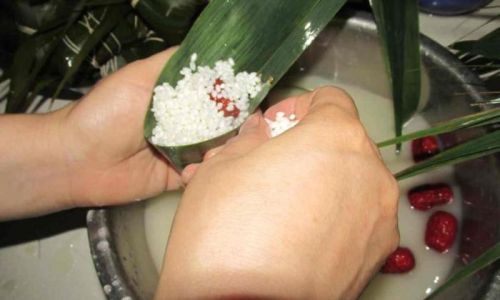
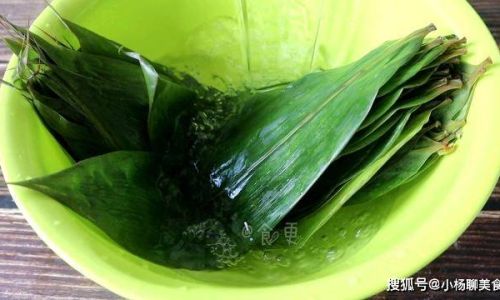
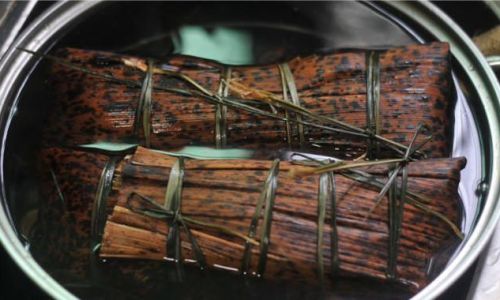
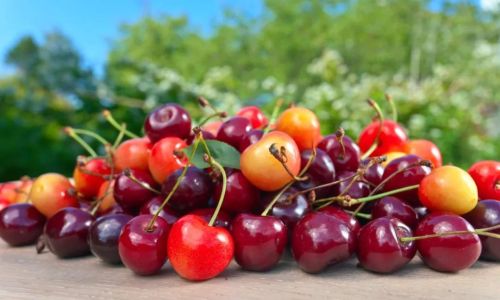
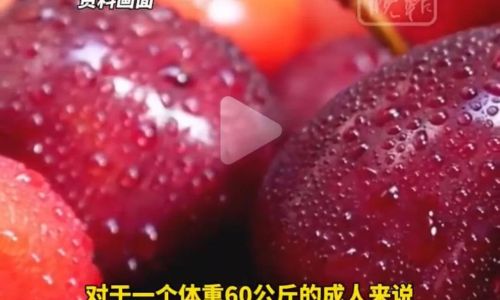
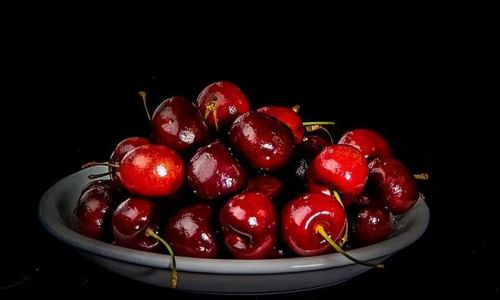
0 comments